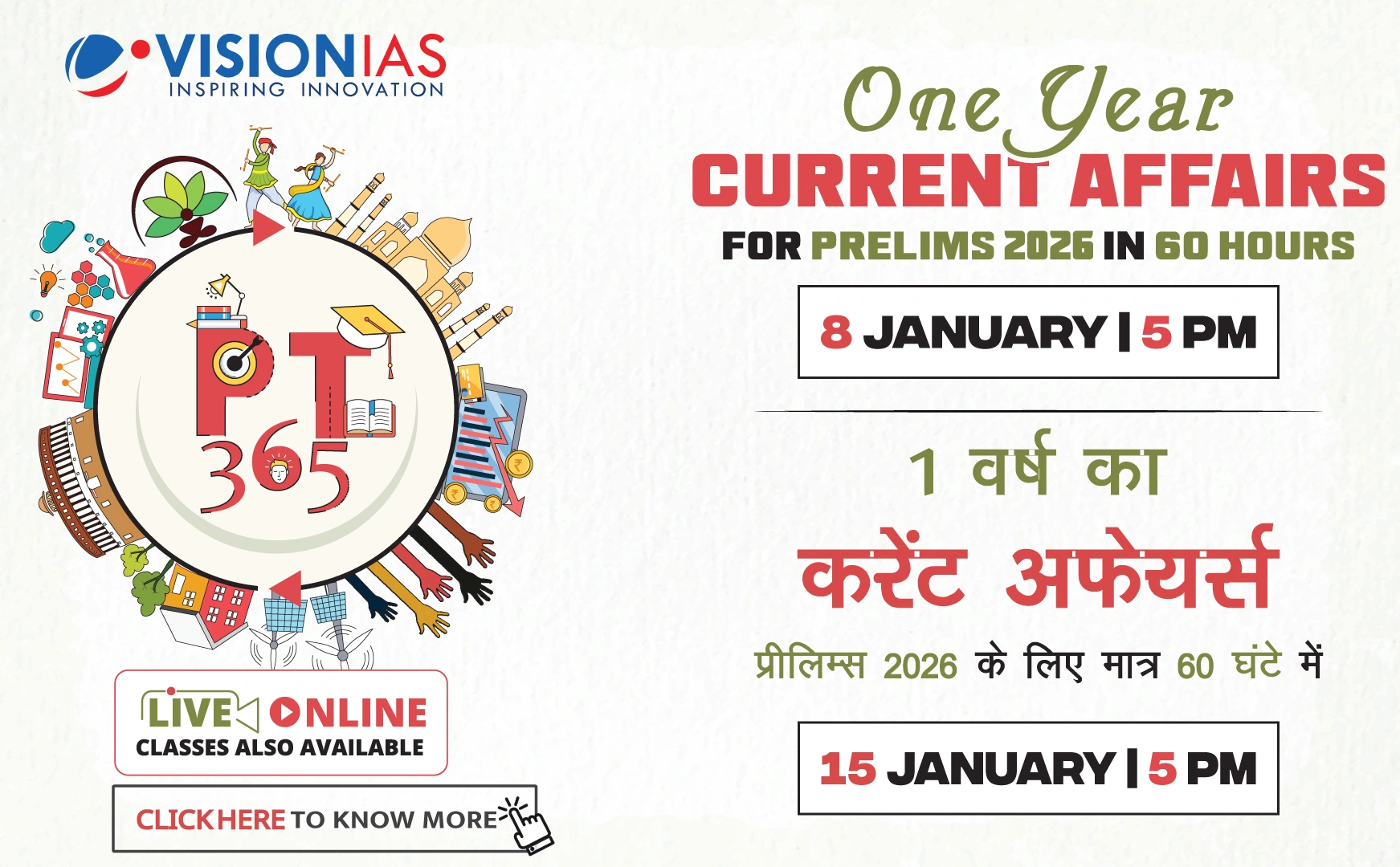Nationwide Delimitation Exercise
The Centre is drafting a roadmap for a nationwide delimitation exercise, focusing on maintaining the existing ratio between state assembly and Lok Sabha seats.
Key Proposals
- Preserving Seat Ratios:
- Ensures balanced representation across states, addressing concerns that states with controlled population growth could lose representation.
- Increasing MLA Numbers:
- Based on upcoming Census data while keeping Rajya Sabha strength unchanged to maintain institutional balance.
Judicial Reference
The Kuldip Nayar vs Union of India judgement noted that Rajya Sabha's primary role is to check the Lok Sabha rather than represent individual states.
Constitutional Amendments Required
- Constitutional amendments needed for retaining seat ratios in Lok Sabha, Rajya Sabha, and state assemblies.
Future Delimitation Commission Tasks
- Implementing one-third women reservation and reserved seats for SC/STs in Parliament and state legislatures.
Population Shifts
Examining population shifts from rural to urban areas, which may cause disparities in representation.
Census Announcement
- Census data collection, including caste enumeration, will start next year, reflecting India's population as of March 1, 2027.
Amendments to Legislation
- Amendments to the Representation of the People’s Act, 1950, and constitutional provisions (Articles 55, 81, 82, 170, 330, and 332) required.
History of Delimitation in India
- Conducted four times: 1952, 1962, 1973, and 2002, each via separate Delimitation Act.
- The first three commissions had two judicial members and the CEC, with a senior judge as chairperson. The 2002 Commission had a single retired judge as chairperson, along with the CEC and a State Election Commissioner.
- Past recommendations increased Lok Sabha strength from 489 to 494 (1952), then to 522 (1962), and later to 543 (1973).



